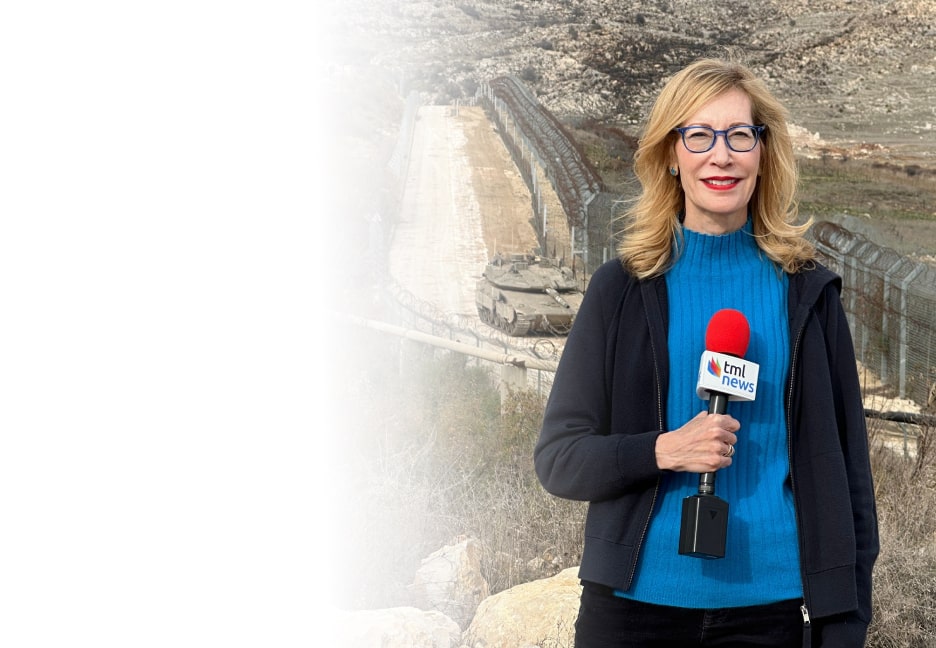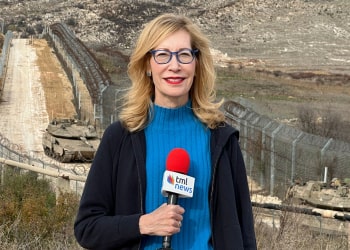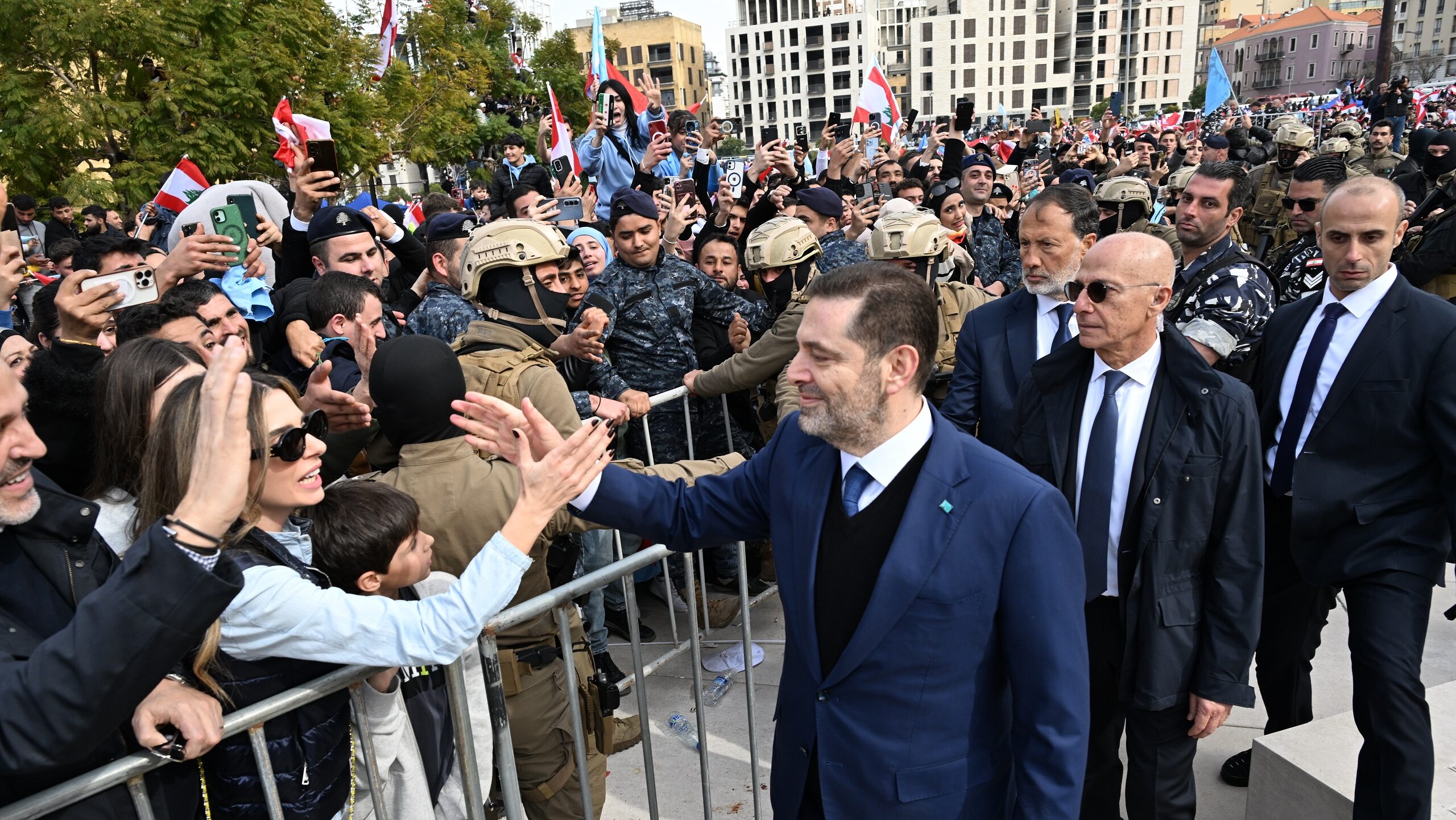A New Lebanon Opens up 20 Years After the Assassination of Rafic Hariri
His assassination—along with the killing of 21 others in the explosion of a 1,000-kilogram TNT bomb—marked a breaking point in Lebanon
The sky opened up for the Hariris. After two weeks of relentless rain, Beirut awoke to a sunny day for the commemoration of the 20th anniversary of Rafic Hariri’s assassination. Thousands of people from across Lebanon gathered to honor the memory of the late prime minister, who was killed on a cold Valentine’s Day in 2005. His assassination—along with the killing of 21 others in the explosion of a 1,000-kilogram TNT bomb—marked a turning point in Lebanon. A large segment of the population aligned with the anti-Syrian camp, blaming the Syrian regime for orchestrating the attack.
It was terrifying, and it was a very ugly day for Lebanon because Rafic Hariri was a very great person, and there will be no one like him again
Lilian Abdelrahman was nine years old when she heard the explosion that shook Lebanon. “I was at school, and we were shocked and very upset,” she recalled from Martyrs’ Square in Beirut during the commemoration of that tragic day. “It was terrifying, and it was a very ugly day for Lebanon because Rafic Hariri was a very great person, and there will be no one like him again,” she told The Media Line.
Rafic Hariri, a towering political figure, had resigned as prime minister nearly four months earlier. He was Lebanon’s first post-civil war premier and was widely credited for his role in drafting the Taif Agreement, which ended the 15-year conflict. As a businessman, he played a major role in rebuilding Beirut and became the most influential and wealthiest Lebanese politician of his time.
During his two terms (1992-1998 and 2000-2004), he sought to strengthen Lebanese sovereignty and limit foreign interference, particularly from Syria and Iran. But he paid for it with his life. His efforts to curtail Hezbollah’s military presence created tensions with both Damascus and Tehran. When the massive bomb detonated in Beirut on that cold February Monday, many were already convinced that his assassination was tied to his attempts to disarm the Lebanese militia and steer Lebanon away from Syrian and Iranian influence.
This holiday season, give to:
Truth and understanding
The Media Line's intrepid correspondents are in Israel, Gaza, Lebanon, Syria and Pakistan providing first-person reporting.
They all said they cover it.
We see it.
We report with just one agenda: the truth.


Four years after his assassination, the Special Tribunal for Lebanon was established to investigate and prosecute those responsible for the attack. Under United Nations authority, the court applied Lebanese criminal law and had primacy over the country’s judiciary. In 2022, it sentenced two Hezbollah members in absentia to life imprisonment for the bombing that killed Hariri and 21 others, though the group has refused to hand them over.
Twenty years ago, in this square, you demanded justice, and by your own will, you expelled the criminal regime of Bashar Assad from Lebanon
In the immediate aftermath of the assassination, thousands took to the streets in grief. Since the civil war, Syrian troops under the Assad family had occupied Lebanon. Hariri’s killing triggered a political crisis, sparking mass anti-Syrian protests and mounting international pressure. The Cedar Revolution had begun. “Twenty years ago, in this square, you demanded justice, and by your own will, you expelled the criminal regime of Bashar Assad from Lebanon,” said Saad Hariri, Rafic’s son and twice Lebanon’s prime minister, speaking Friday from the stage in Martyrs’ Square.
On March 8, 2005, pro-Syrian parties—most notably Hezbollah and Amal—responded with a mass demonstration in downtown Beirut against the Cedar Revolution. Christian leader Michel Aoun’s Free Patriotic Movement joined them, forming the March 8 Alliance. Six days later, a counterprotest of nearly a million people demanded “Freedom, Sovereignty, Independence.” This alliance, which included the Maronite Phalangist (Kataib) Party, the Lebanese Forces, Walid Jumblatt’s Druze Progressive Socialist Party, and the Future Movement—then led by Saad Hariri—became known as the March 14 Movement.
Despite the withdrawal of Syrian troops after 29 years of occupation, a new era of Hezbollah dominance and Iranian influence began. “There was nothing; no one could breathe,” said Lilian. Now, after two months of brutal war between Israeli forces and Hezbollah—during which nearly 4,000 people have been killed in Lebanon—the country has changed dramatically. Hezbollah has been significantly weakened, and Lebanon has a new government and a new president.
If we continue on this path, God willing, we are going to a better place, and Lebanon will return to being the Switzerland of the East
“If we continue on this path, God willing, we are going to a better place, and Lebanon will return to being the Switzerland of the East,” said Omar Saadi, a 22-year-old from Beirut. “We will stay away from these wars and get rid of the sectarian problems, especially us as Sunni people, so we will be part of the state again and can rebuild this country,” he told The Media Line.
In recent years, Lebanon’s Sunni community has seen its political influence wane. The Future Movement abstained from the 2022 legislative elections, and Saad Hariri retired from politics shortly before, relocating abroad. “Just as you have been by my side for 20 years, I, in turn, will remain by your side and will not leave you,” Saad Hariri told thousands of Future Movement supporters in his speech.
A new Lebanon, indeed.

